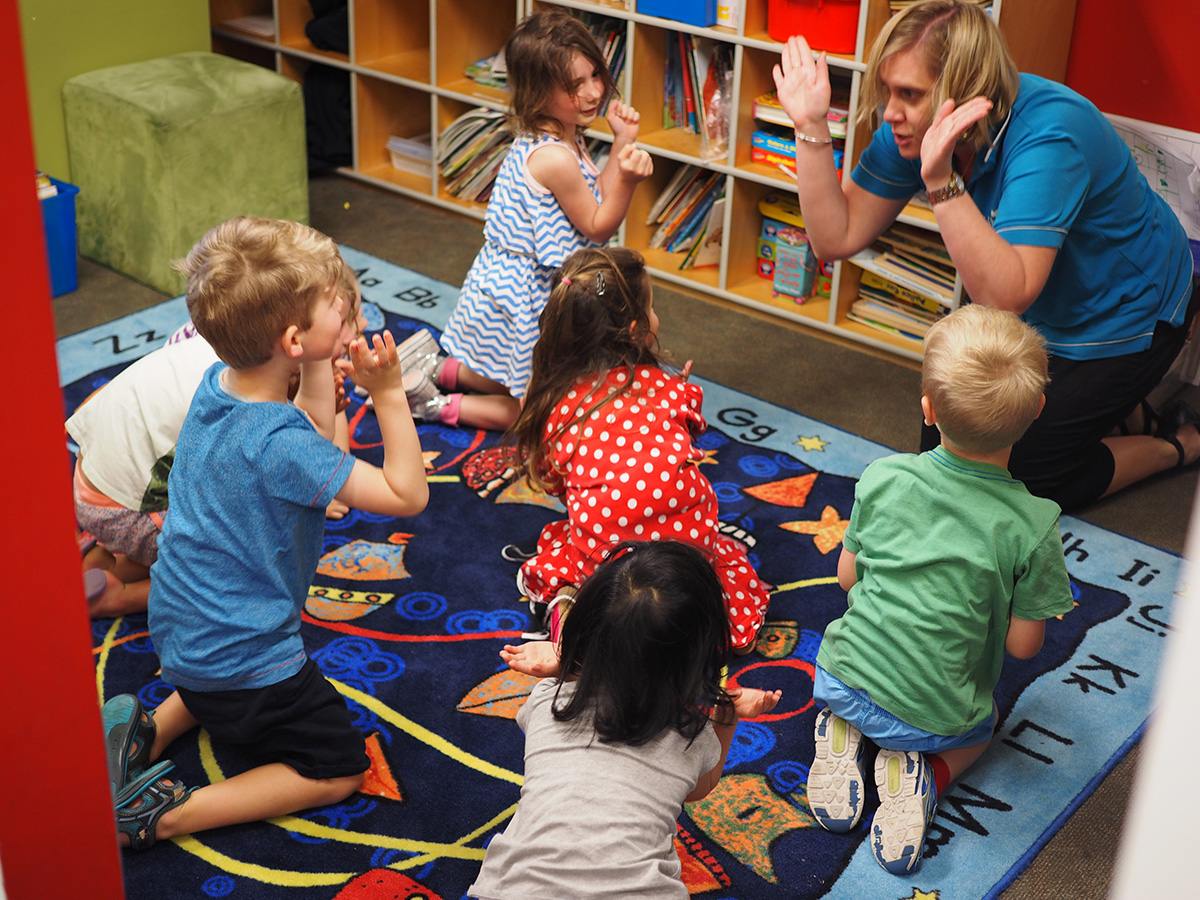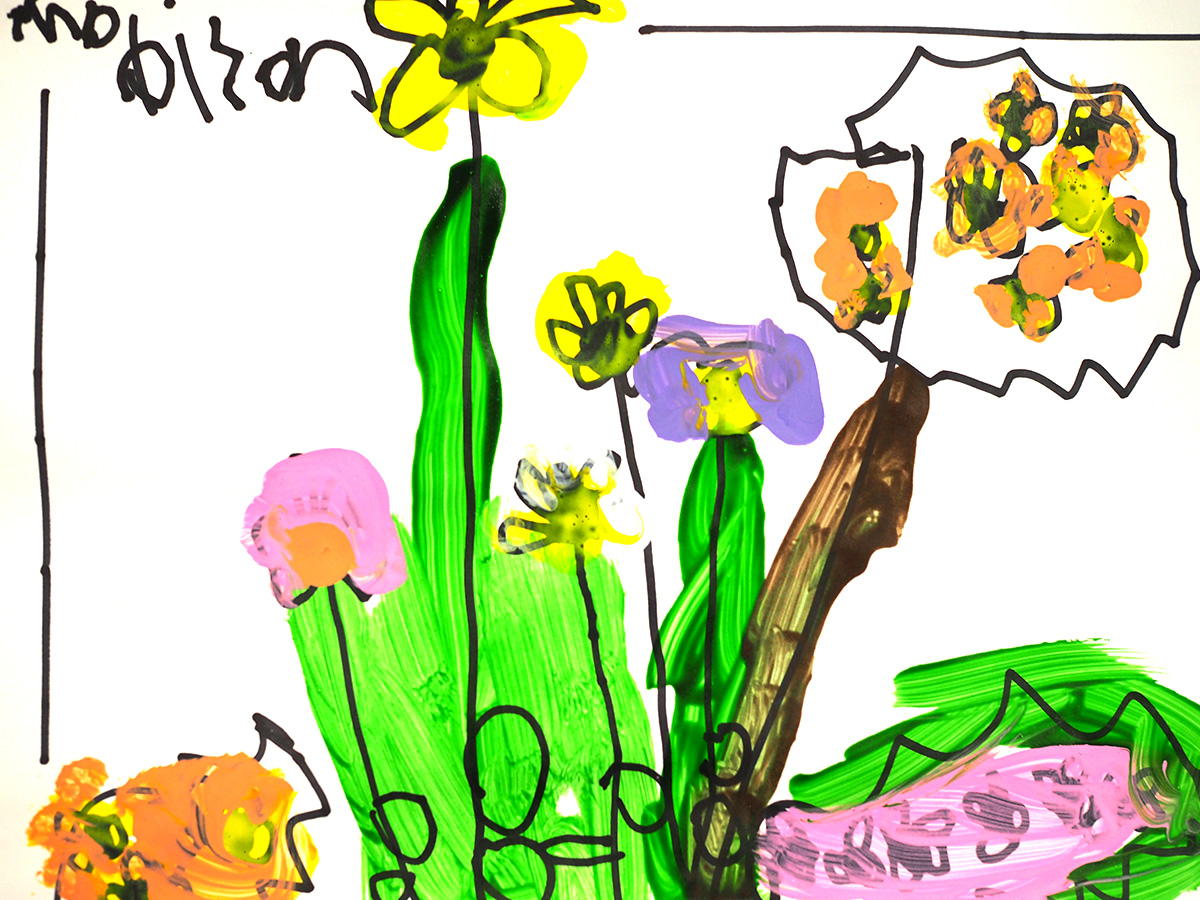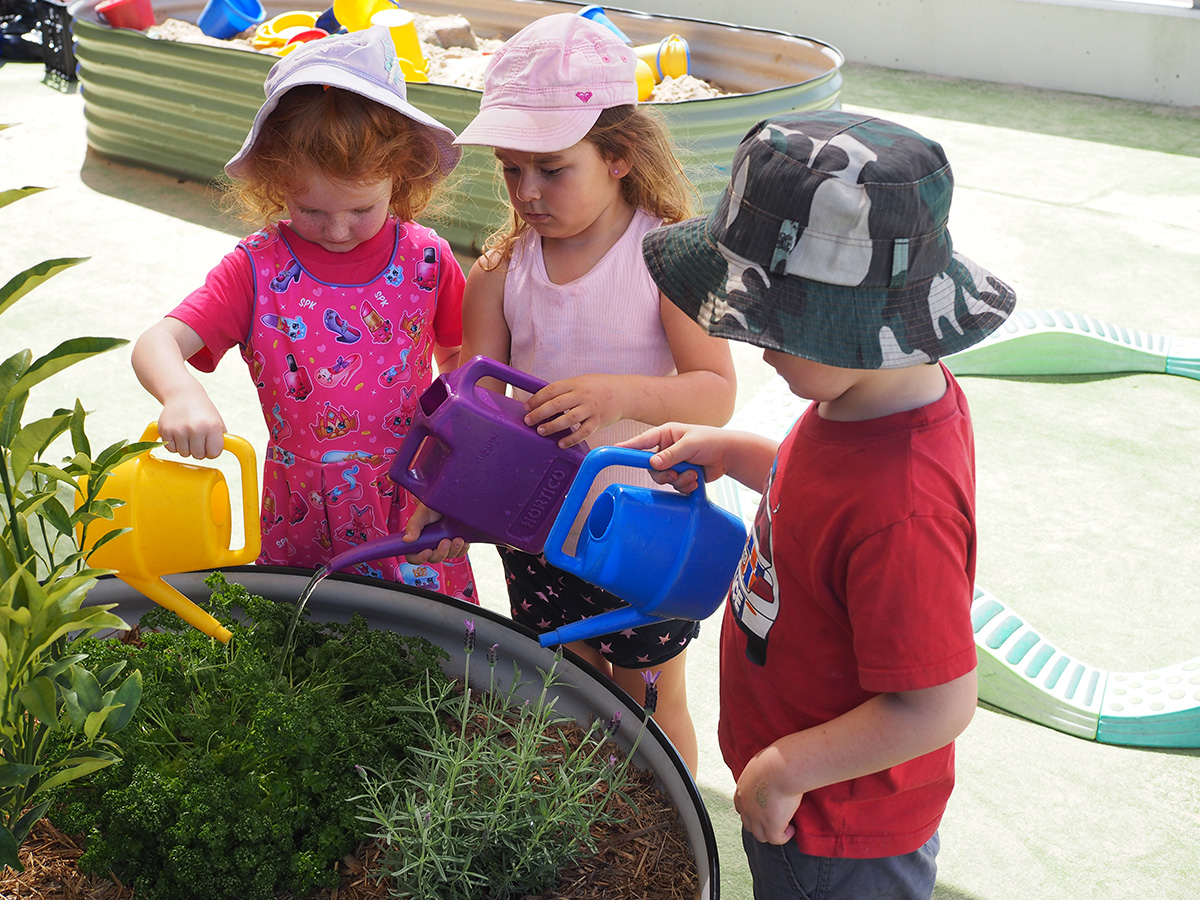
Stage 1 - Curiosity
“My garden is starting to have yellow flowers”
The Wombats were discussing the season “spring” when they involved themselves in re-enacting calendar time through free play. The children involved themselves in discussions about flowers growing in spring.
The children continued describing their gardens and started sharing ideas and thoughts on growing vegetables and plants in their gardens.
The Wombats were keen for Miss Kelly to look up “why flowers start to grow in spring” which led us to our curiosity on how plants grow?
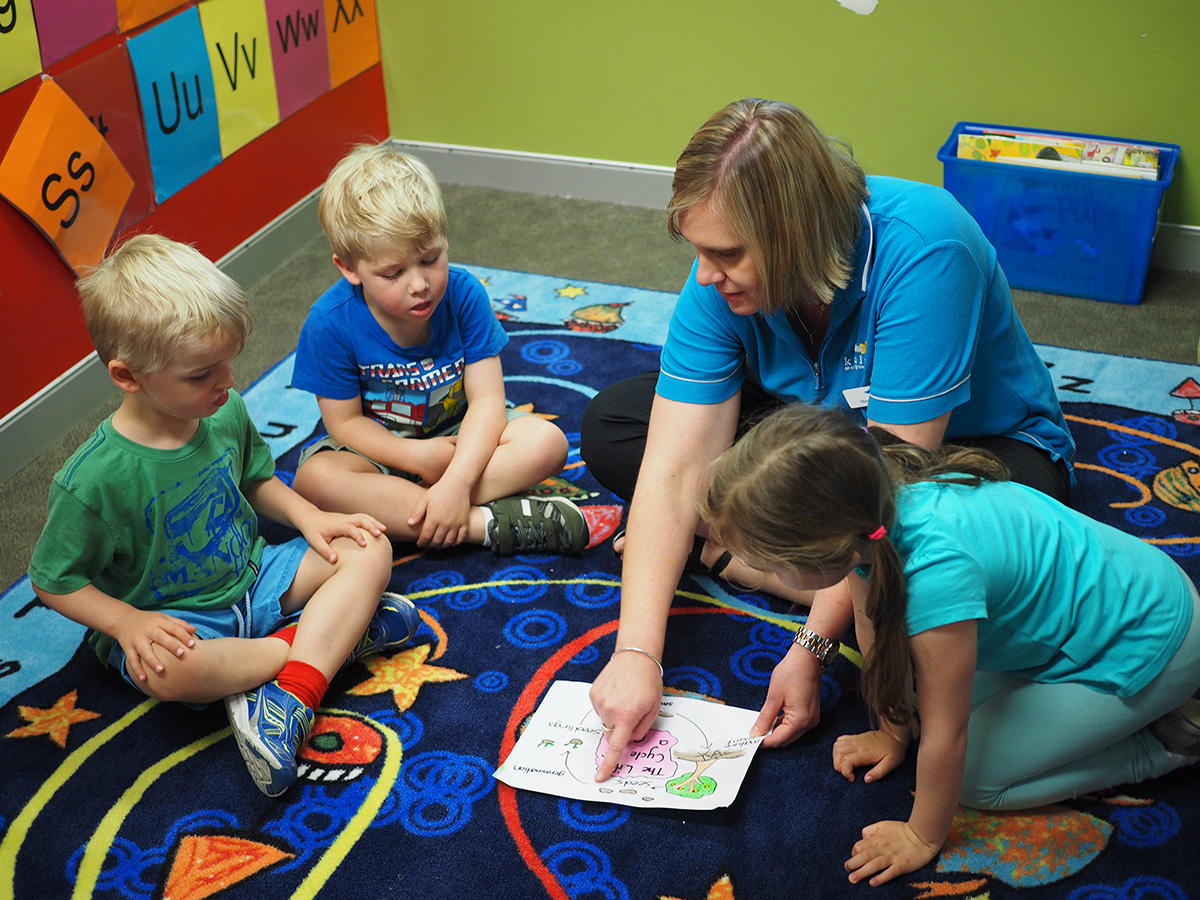
Stage 2 - Sharing Ideas
“The Life Cycle of a Plant”
In group time we brainstormed and shared all our thoughts and ideas on how we thought plants grew? From this knowledge the children were encouraged to use books, pictures and the internet to research “The Life Cycle of a Plant”, building on their existing knowledge.
We learnt terms such as germination, seeds, seedlings, small plants and mature plants. We gained the knowledge that plants need water, sunlight and soil to help them grew into mature plants.
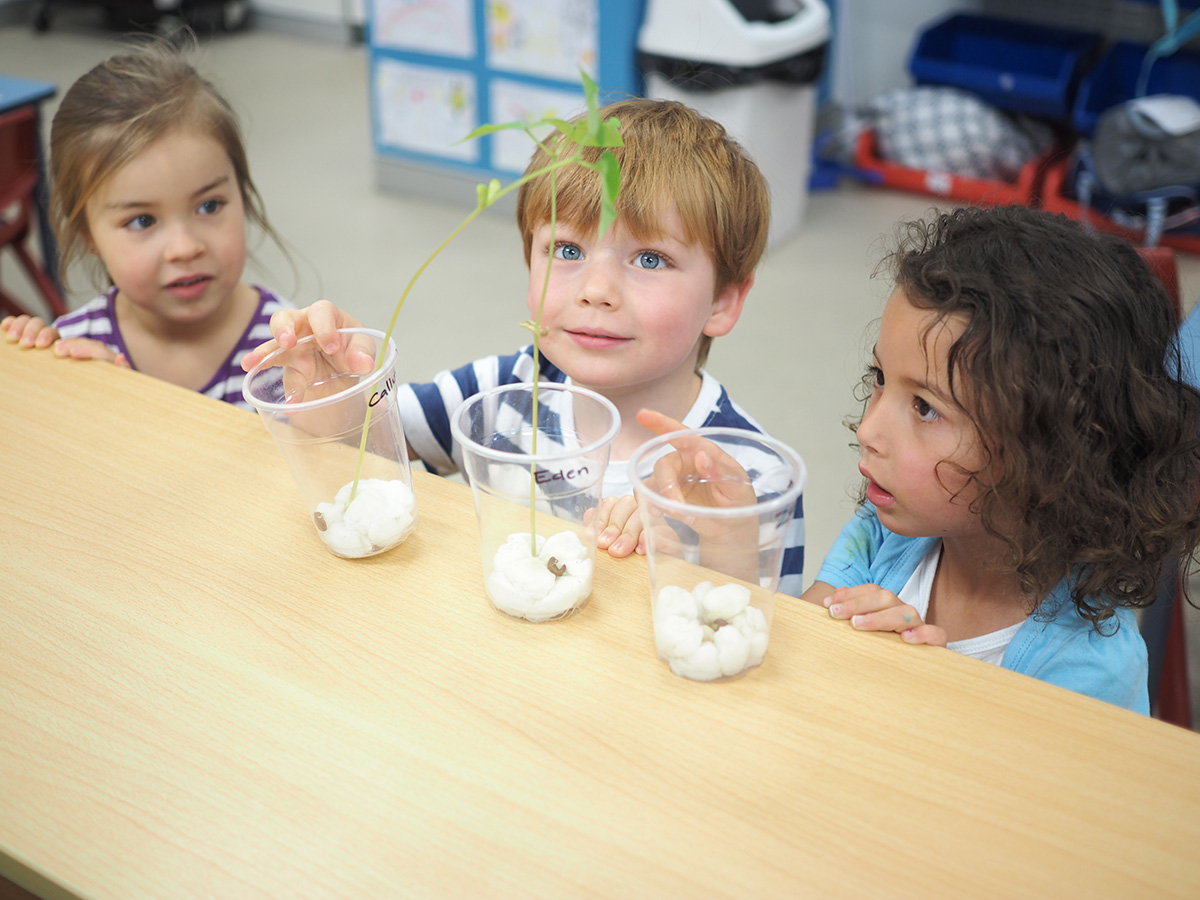
Stage 3 - Research and investigation
"After patiently waiting, we saw our seeds turn into seedlings after a week."
To assist the children to learn the plant life cycle, they were involved in planting seeds into soil. The children carefully placed the soil into pots, digging a hole for the seeds to sit and then covered them up with the remaining soil. We looked after our seeds, making sure we watered them and put them out in the sunlight.
After patiently waiting, we saw our seeds turn into seedlings after a week. Each day they observed the plants, draw pictures and were involved in discussions about their plant.
This extended further into research on pollen and how bees make honey, after a wombat child asked what a bee was doing on a flower. The children then used many resources including books, pictures, internet technologies and physical observations to gain a better understanding. This included looking into the purpose of bee hives, what is honey comb and tasting honey.
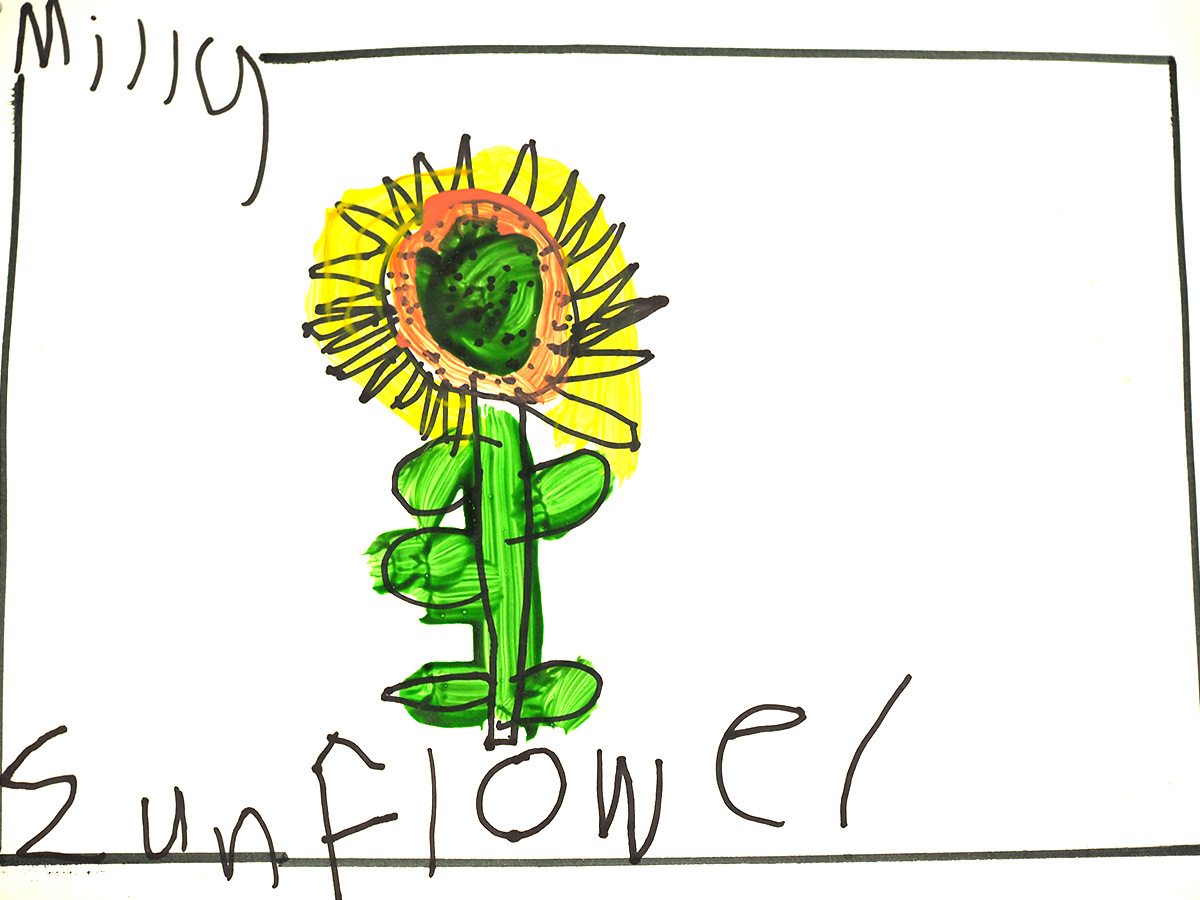
Stage 4 - Conclusions
The children confidently discussed their knowledge on the life cycle of a plant. Identifying the different stages and what is needed to assist plants to grow.
They illustrated their findings through their artwork, drawing and painting the different stages of the life cycle and creating artworks of bees collecting pollen. The children are continuing to look after their plants outside, watching them grow each week.

